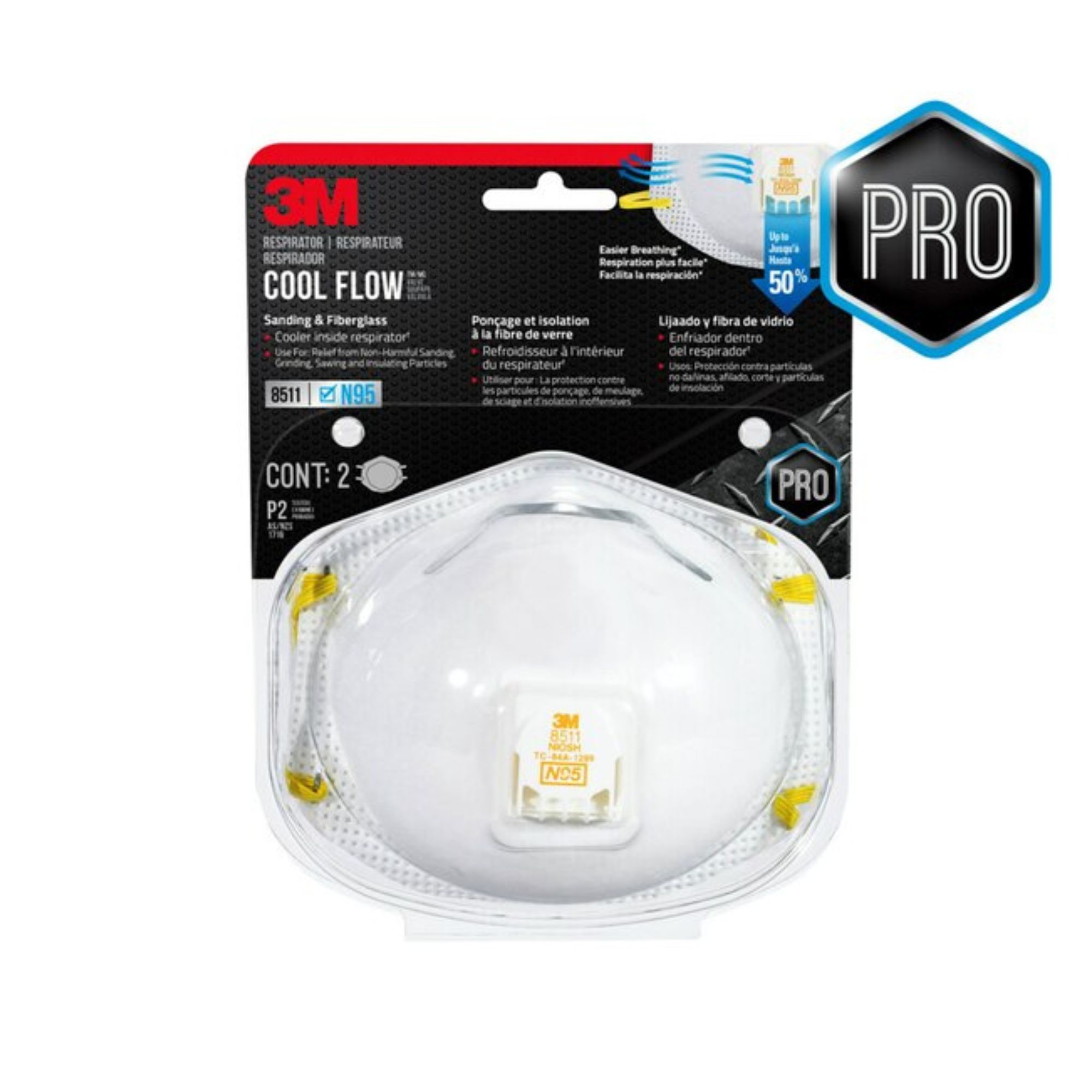4 ways to avoid mold growing on your air vents, and how to tackle this common problem – 'poor air flow and skipped maintenance' are the main culprits, say HVAC pros
Stop mold from growing around your air vents for improved air quality

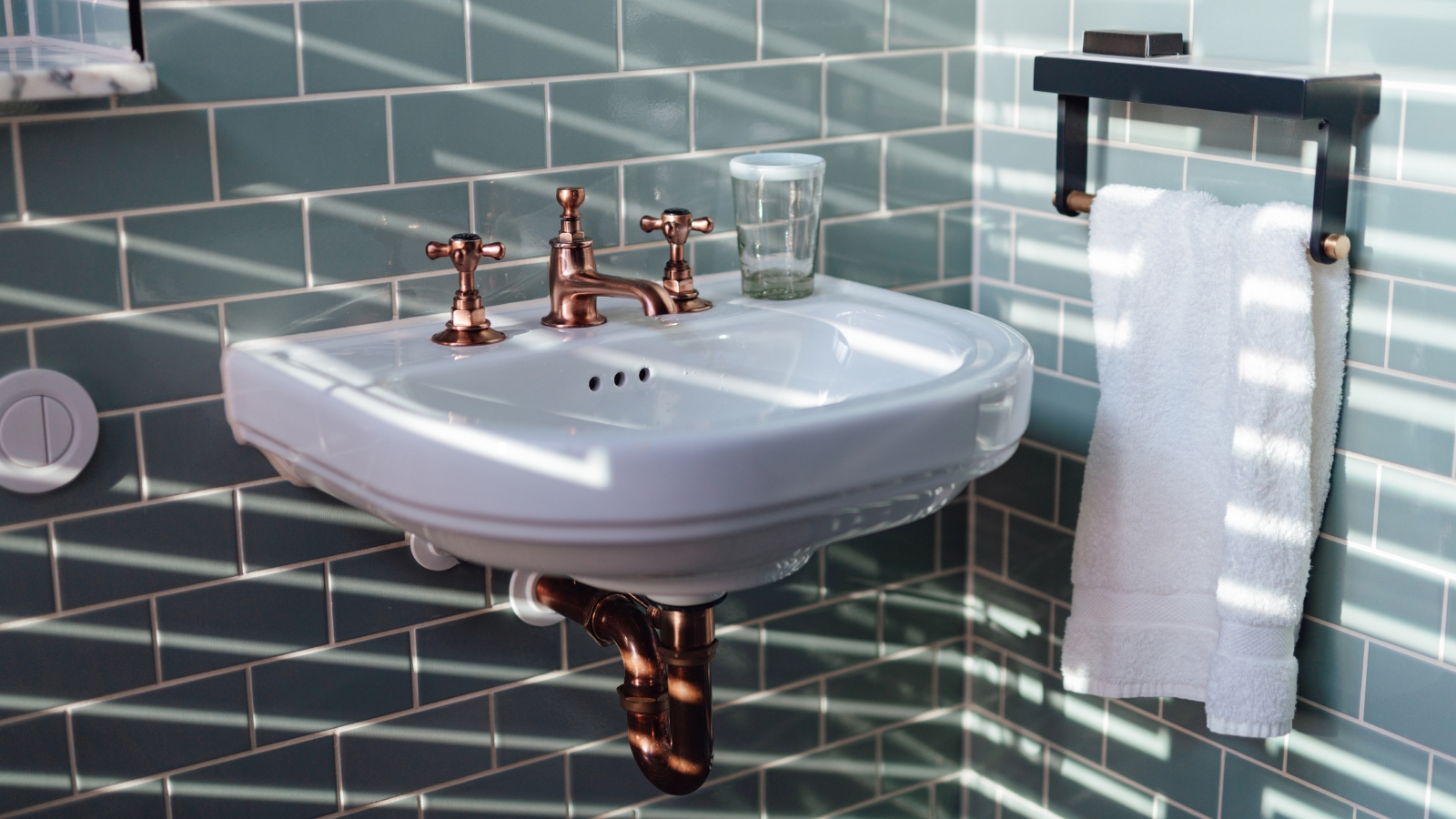
No one enjoys having mold in their home. Not only is it a health hazard, but it looks unsightly and will only become worse if it's left unaddressed.
You may not know it, but air vents are a prime spot to check for mold in your house. These warm, often dark, and humidity-prone spots are primed for mold spores to thrive, and failing to keep these areas in check are a mold risk, say HVAC pros.
We spoke to an expert in air vents and home ventilation to learn about the most common causes of air vent mold, and how to stop mold from developing near them in the future.
1. Ensure your air vent has received maintenance
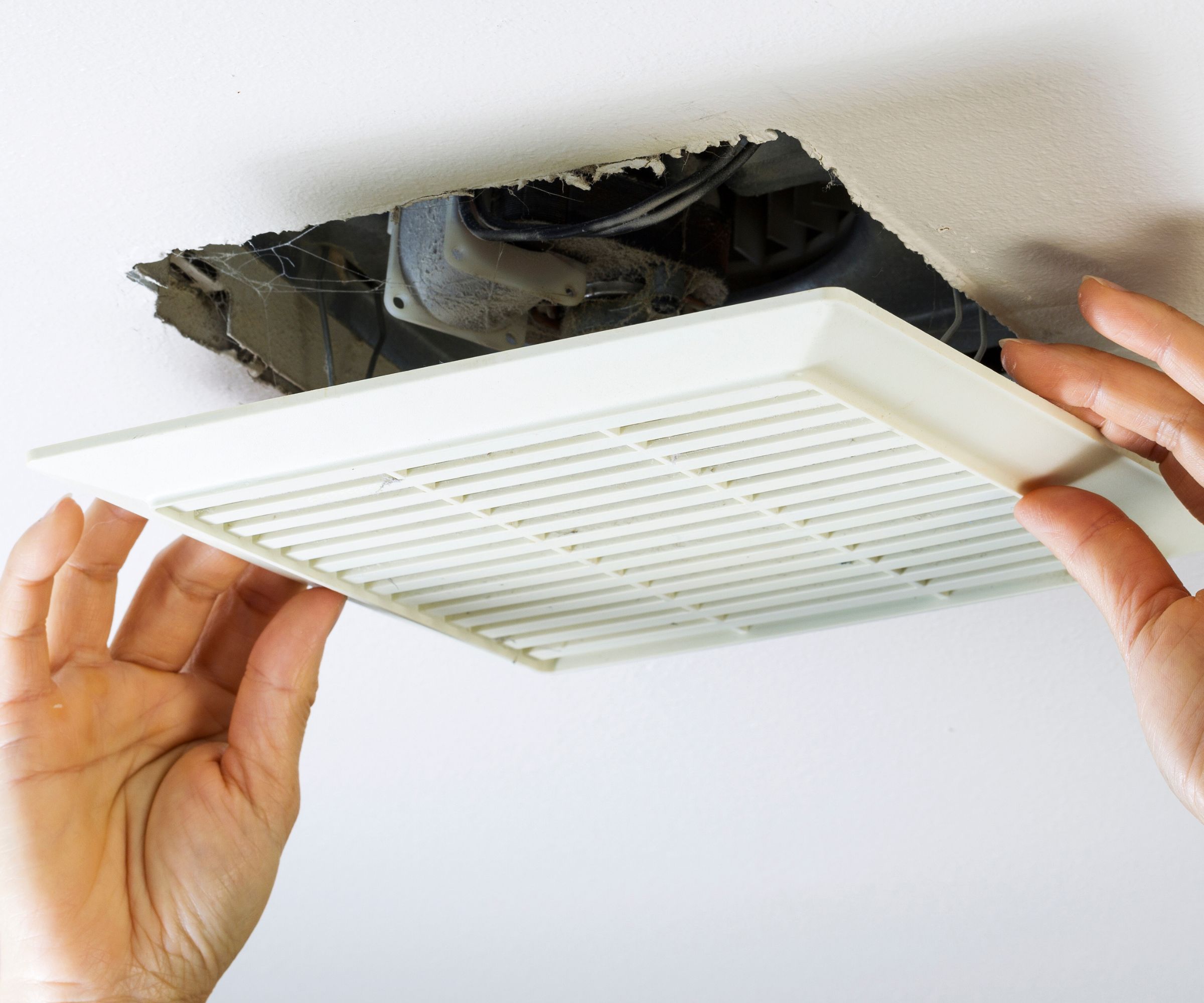
If your air vent hasn't received professional maintenance in as long as you can remember, the mold in your vents you've now spotted is a cry for help.
Mold can develop on and in an air ventilation system if it's emitting poor air flow, which can happen for so many reasons from broken coils to clogged filters. So, to help avoid mold from growing in this area of your home, up-keeping maintenance and avoiding bad habits that increase the risk of mold are a must.
Jessica Cormier of PureAC says, 'Mold on air vents is usually caused by a set few circumstances, including poor air flow and skipped maintenance.'
Make sure to get your vents checked to see if they need replacing and if replacement isn't necessary, ask to help diagnose the cause behind your vent's issue.
Design expertise in your inbox – from inspiring decorating ideas and beautiful celebrity homes to practical gardening advice and shopping round-ups.
If you're unsure if you should keep your crawl space air vents closed or open, it will depend on whether the crawl space is sealed, as well as the humidity and weather conditions of your region.
2. Clean your air vent, inside and out
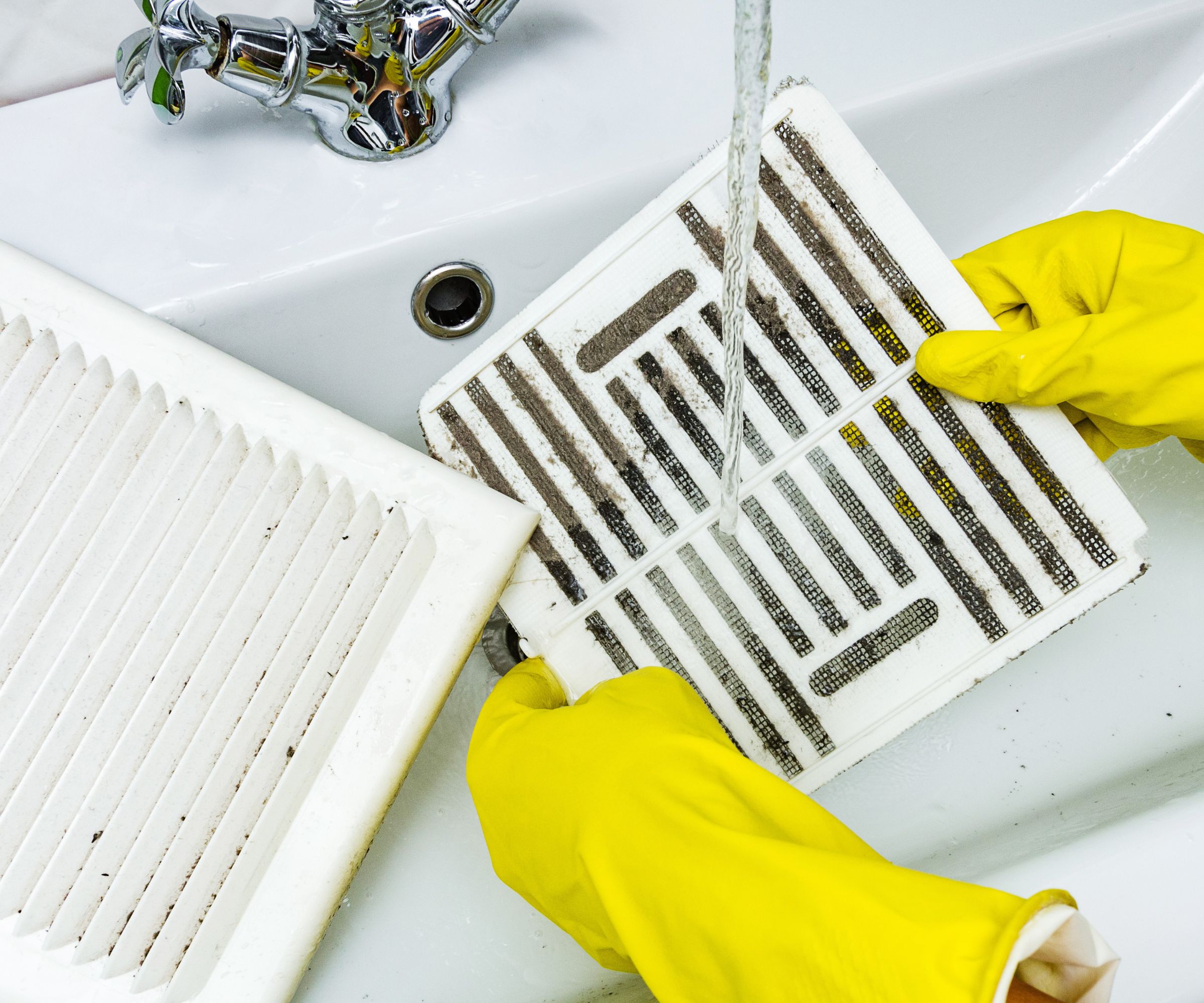
When giving your home a good wipe down, you may be wiping the outside of your air vents to keep their surfaces shining. However, if the inside of the vent itself is left unattended, it can become the perfect breeding ground for mold.
This is largely due to air filters becoming clogged with regular household dust and mold spores from the air, and when these are combined with the internal humidity of the filter, it can create a dark, damp space that often goes unchecked.
'Clogged air filters, leaky ducts trap dust and moisture feed mold spores,' says Jessica. 'And if your HVAC or mini-split system isn’t cleaned regularly, it can harbor mold, which eventually spreads to your vents.'
These are all elements of your home's natural biome to be aware of. Learn what makes for a healthy home microbiome to reduce risk of mold and other common issues.
Jessica shared the following step-by-step breakdown to effectively clean vents around your home:
- Turn off the system: Switch off your HVAC or AC to avoid spreading spores while you work.
- Gear up: Put on gloves, a mask that filters mold spores out, and goggles to protect yourself.
- Remove and clean the vent cover: Unscrew the cover and wash it with soapy water or a vinegar solution. For stubborn mold, use a mold-specific cleaner. The ECOS parsley all purpose cleaner from Walmart is a great choice to use when cleaning an air vent of mold as it's made from all-natural ingredients and won't leave behind a strong scent. If you're dealing with tougher mold battles, the RMR-86 instant mold and mildew stain remover, also from Walmart, will work well to banish mold for good.
- Clean inside the vent: Wipe down the interior with the same solution, or use a small brush for hard-to-reach spots.
- Dry everything: Make sure the cover and vent are completely dry to stop mold from coming back as moisture is one of the key things mold spore need to thrive.
3. Monitor your home's humidity level
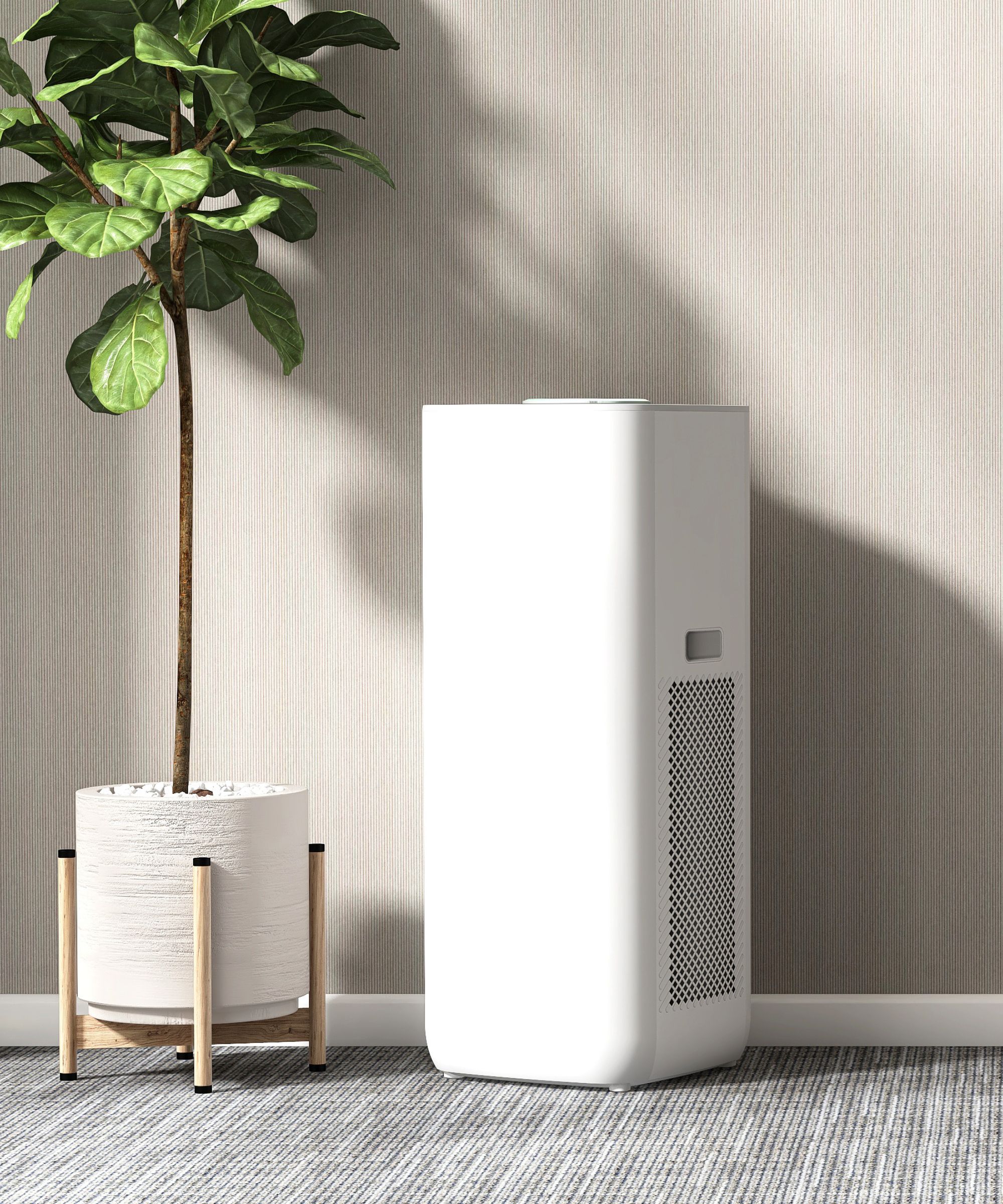
Homes that are high in humidity are likely to attract mold, including on their air vents. A humid home can be the result of your region's climate, a lack of general ventilation and various other factors, causing excess moisture to develop in and on your air vent that can turn into mold. Learn more about how to reduce the humidity in your home, here.
'High humidity is a big culprit,' says Jessica. 'When warm, moist air hits the cool surfaces of vents, condensation forms, creating a perfect home for mold.'
To keep your home's humidity levels in check and help prevent mold from growing on your air vents, consider investing in a good dehumidifier like the PSOS 118 OZ dehumidifier from Amazon and a humidity gauge such as the SMARTRO SC42 professional digital hygrometer, also from Amazon.
'To prevent mold, keep your home’s humidity below 60% with a dehumidifier and replace air filters every couple of months,' adds Jessica.
Learning the best place to put a dehumidifier in your home will maximize your appliance's function and help tackle excess humidity levels.
4. Ensure HVAC duct work is properly sealed
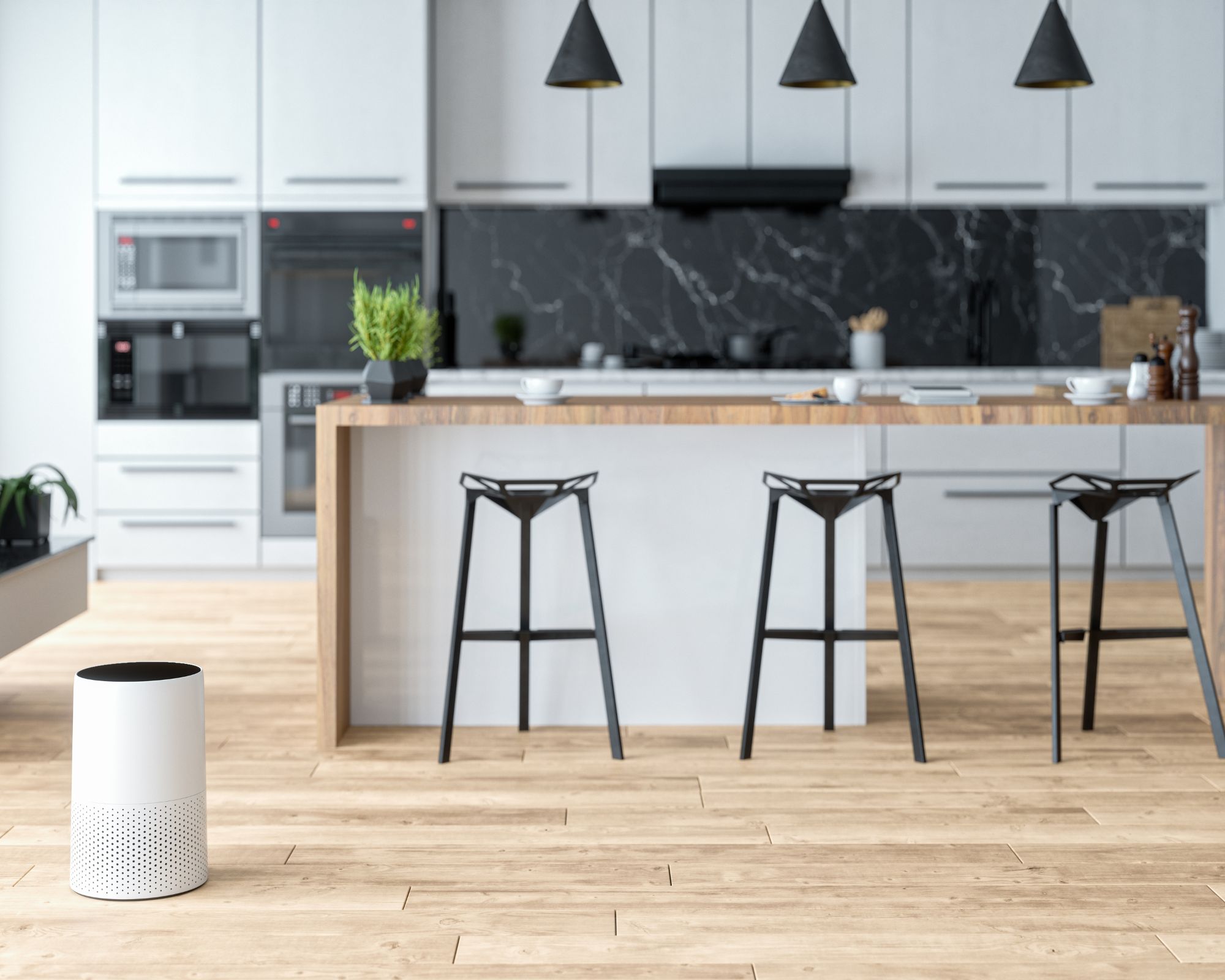
If the pipes making up your air vent system aren't correctly sealed, they are more likely to trap moisture inside. This will result in the development of mold, as the moisture creates a damp environment inside your vent, allowing spores to thrive.
To prevent this from happening, it's important to double check the duct work on your air vent to make sure it hasn't got any open areas.
'Sealing duct work can stop moisture buildup from happening inside of your vents,' says Jessica.
But to prevent the problem from happening at the root cause, have your duct work assessed by a professional if you suspect leaks or can't find the root cause of your mold issue.
Did you know insulation can grow mold? It's especially pertinent to check your insulation if you've recently had a water leak as some insulation types, such as cellulose based ones, are prone to mold when damp.
Mold and ventilation often go hand in hand, with a lack of ventilation in a home often leading to mold developing. By avoiding bad habits that increase the risk of mold in the home you can significantly decrease the chance of mold growing in your house.
Improving the air quality in your home and lowering humidity will help, but cleaning your vents, inside and out using a good set of cleaning tips will make a huge difference. Experts also have revealed if you should close vents in unused rooms.

Ciéra is a writer and regional laureate with particular passions for art, design, philosophy and poetry. As well as contributing to Homes & Gardens, she's an Editorial Assistant for Design Anthology UK and a contributing writer for magazines including Livingetc, Apartment Therapy, House Beautiful and Ideal Home. Previous commendations of hers include being Highly Commended by The Royal Society of Literature and receiving a prestigious MA Magazine Journalism scholarship to City, University of London.
